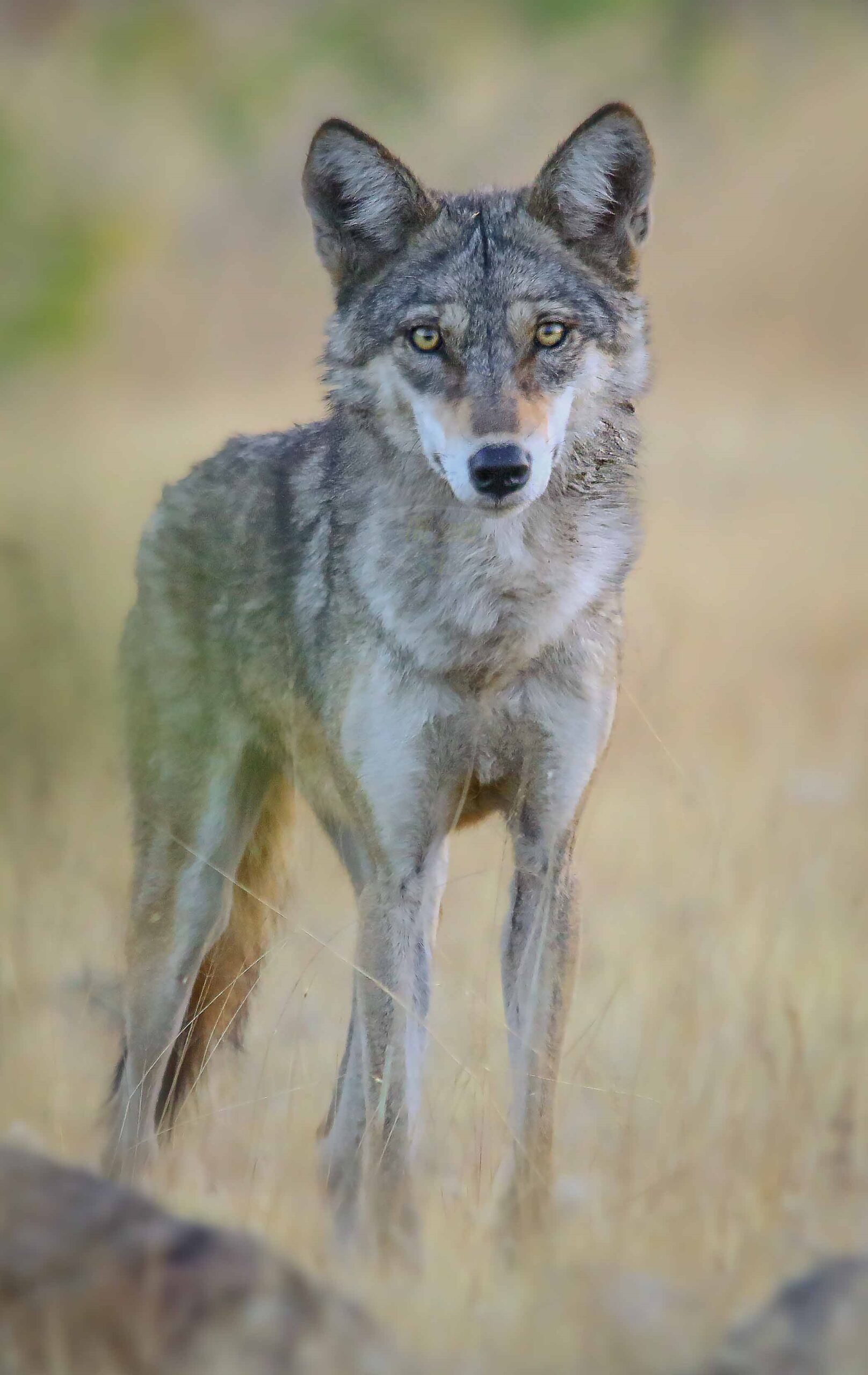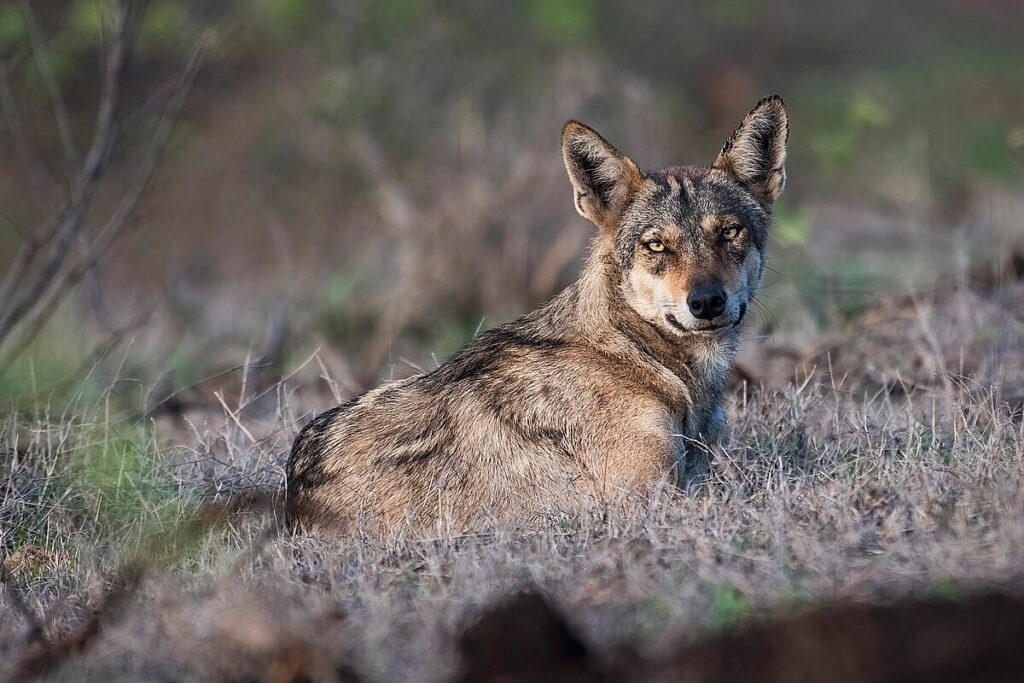Deep in the untouched forests of Jharkhand lies a hidden gem few Indians know about — Mahuadanr Wolf Sanctuary, the only wildlife reserve in the country dedicated exclusively to protecting the Indian grey wolf.
Far from the luxury lodges of Ranthambore or Corbett, Mahuadanr offers an unfiltered, raw experience — one that takes you back to the roots of Indian wilderness, where nature rules and human footprints are faint.
Meet the Indian Grey Wolf — India’s Silent Predator
Sleek, lean, and built for survival in India’s harsh grasslands, the Indian grey wolf (Canis lupus pallipes) is a far cry from the howling pack-hunters of the West. These wolves are solitary, cautious, and deeply adapted to dry, open habitats — a symbol of resilience amid growing ecological threats.
But their survival is under strain. Deforestation, loss of prey, and urban expansion have forced these wolves closer to human settlements, sparking frequent conflicts. Despite being listed as endangered, conservationists say sanctuaries like Mahuadanr keep hope alive.
A Raw, Real Wildlife Experience
Forget five-star safaris — Mahuadanr is wilderness in its purest form. The sanctuary is best explored between October and June, especially during the breeding season (November–February) when wolf sightings are more likely.
Visitors can stay in simple Forest Rest Houses in Mahuadanr or Aksi, and explore nearby treasures like Netarhat Hill Station, Lodh Falls (Jharkhand’s tallest waterfall), and Betla National Park — all part of this biodiverse belt.

Guardians of the Wild: The Local Tribes
What’s remarkable about Mahuadanr is that its success isn’t just built on government protection — it’s powered by local tribal wisdom.
According to research cited in Nature’s Scientific Reports, tribal customs such as avoiding forest entry during denning season and revering Sal trees have created safe spaces for wolves to breed. Ecologists note that wolves often build dens on steep slopes surrounded by shrubs and Sal trees — exactly the kind of landscape tribal communities naturally preserve.
Why Mahuadanr Matters
In an era of vanishing habitats and noisy tourist circuits, Mahuadanr stands as a quiet reminder of coexistence — between predator and prey, between humans and nature.
For wildlife lovers seeking the road less travelled, this sanctuary isn’t just a destination; it’s a story — of ancient predators, tribal harmony, and India’s forgotten wild heart.
If You Go
Location: Latehar district, Jharkhand
Best Time to Visit: October to June (Peak activity: November–February)
Stay Options: Forest Rest Houses at Mahuadanr & Aksi
Nearby Attractions: Netarhat Hill Station, Lodh Falls, Betla National Park


